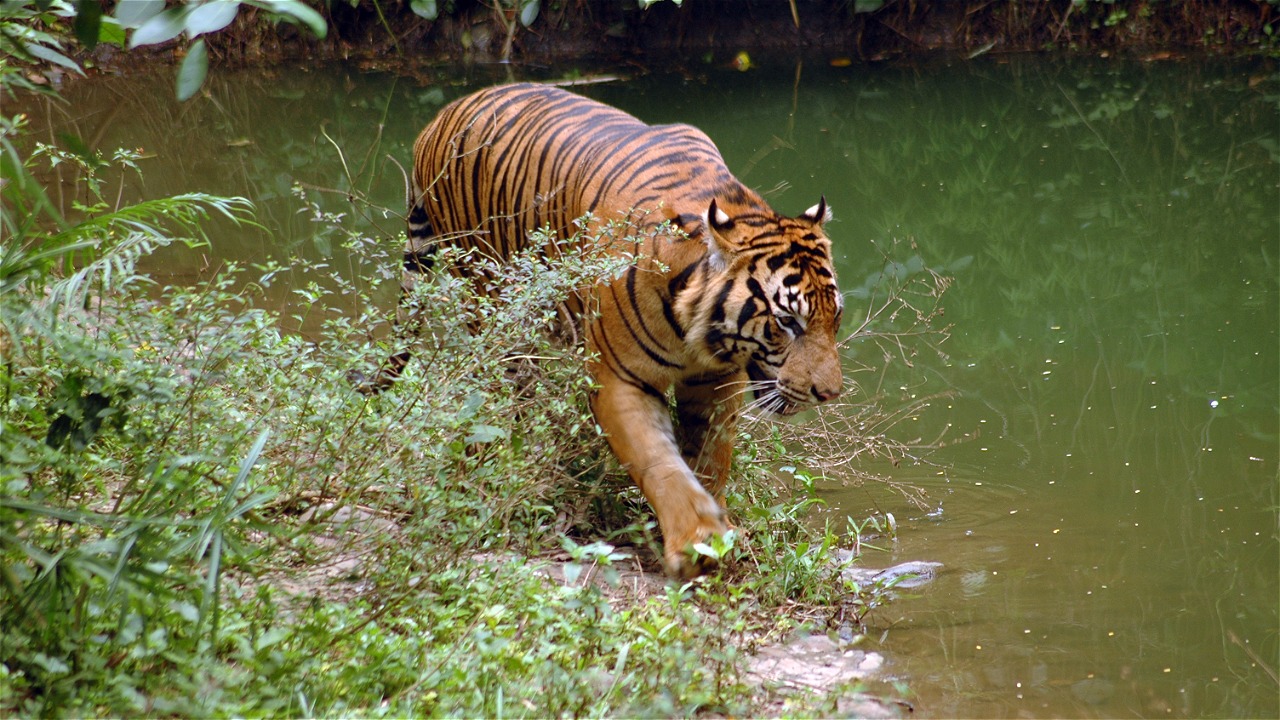TIGERS NEED A CENSUS TOO!
By: Diah R. Sulistiowati
WWF-Indonesia is calling on the Indonesian government to immediately enumerate the number of Sumatran Tigers (Phantera tigris sumatrae) before they become extinct. The success rate of the Indonesian government's conservation efforts needs to be calculated. This is urgent, as the Sumatran Tiger Conservation Strategy 2007-2017 is nearing its end. It is also urgent given the rate of forest destruction in Sumatra, which according to WWF-Indonesia's calculations from 1985-2014 left only 25% or 10.8 million hectares.
In 2010 the number of tiger populations in the world was 3200 individuals. This figure is an estimate because some countries have not counted individual tigers. Some countries such as India, Nepal, Russia, Bangladesh, and Bhutan have conducted national tiger counts and strong political support is needed for tiger conservation. Our neighboring country, Malaysia, the government has committed to counting its tigers next year.
Meanwhile, countries that have not yet conducted counts are Indonesia, Thailand, and Myanmar. Cambodia, Vietnam, and Laos are countries where tigers are already extinct and do not breed tigers. This count is very important to determine the next steps to protect tiger conservation.
How to Calculate Tiger Population?
The way to count tiger populations is by using the camera trap method, or camera traps. These cameras are systematically installed in locations that are thought to be the tiger's path. Systematic installation is achieved through the creation of a grid in the survey area that is thought to be the animal's habitat. The next step is to agree on how many cells within the grid will be fitted with cameras. After that, cameras will be installed in the agreed locations.
The method of installation also requires some consideration, such as the height of the camera position that needs to be adjusted to the location and average tiger height. Thus, the camera can capture photos of the entire tiger body. The camera is also set to obtain images from both sides of the tiger's body, both left and right, front and back. This is useful for the next activity, which is to identify and distinguish one individual from another.
To identify tigers, the results of photos with camera traps need to be examined carefully, because the striped patterns of one tiger are different from other tigers. This is almost similar to fingerprints on humans that are not the same from one to another.
Saving Tiger, Saving Human
What can be done to save the Sumatran Tiger? In terms of habitat, there must be comprehensive management; including effective guarding and maintenance of the area. Poachers of tigers and other animals must also be dealt with firmly and punished severely to create a deterrent effect. Saving the tiger means saving the forest because one tiger requires a range of 30-250 km2. In other words, saving one tiger can save 3,000-25,000 hectares of forest.





